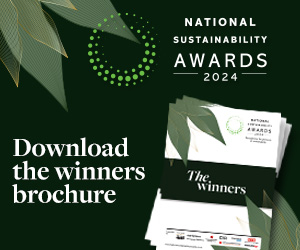A major effort to develop and deploy clean energy technologies worldwide is urgently needed to meet international energy and climate goals, particularly in order to reduce carbon emissions from areas beyond the power sector such as transport, buildings and industry, according to a new International Energy Agency (IEA) report.
The IEA’s Energy Technology Perspectives 2020 analyses more than 800 different technology options to assess what would need to happen to reach net-zero emissions by 2070 while ensuring a resilient and secure energy system.
Worryingly, the report finds that transitioning the power sector to clean energy would get the world only one-third of the way to net-zero emissions. Completing the journey will require devoting far more attention to the transport, industry and buildings sectors, which today account for about 55 per cent of CO2 emissions from the energy system. Much greater use of electricity in these sectors – for powering electric vehicles, recycling metals, heating buildings and many other tasks – can make the single largest contribution to reaching net-zero emissions, according to the report, although many more technologies will be needed.
The report concludes that a “blistering pace of technological transformation” will be necessary for the world to reach net-zero emissions by 2050, and that to meet the huge increase in demand for electricity, additions of renewable power capacity would need to average around four times the current annual record, which was reached in 2019.
Latest News
-
Russell Hobbs launches food poverty campaign in schools
-
Cardfactory funds homelessness charity’s team of psychologists
-
Bingo firm raises £300,000 for the Stroke Association
-
Sainsbury’s links up with Comic Relief for festive recipe campaign
-
Shepherd Neame extends air ambulance charity partnership
-
Businesses help festive match funder raise a record £57.4m
© 2019 Perspective Publishing Privacy & Cookies







Recent Stories